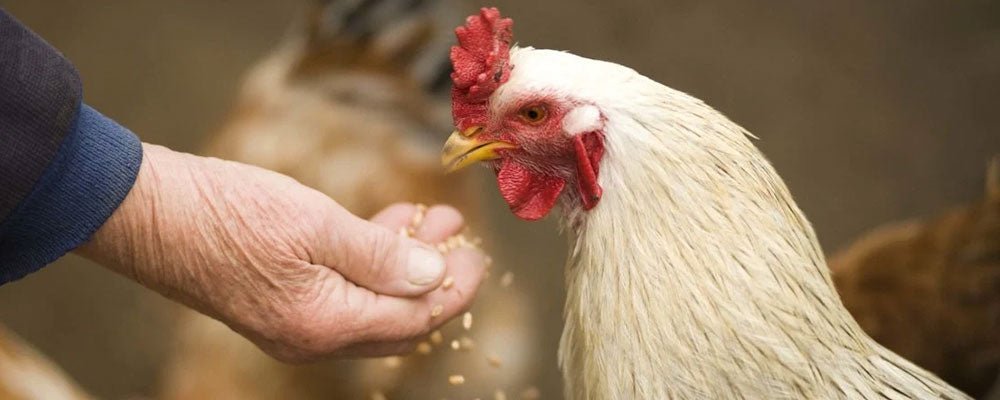
Chicken Breeds - A Guide To Chicken Breeds
When starting a new flock, you have to decide whether you want large chickens or bantams.
Bantams are normally kept as pets or for show, while the larger breeds are commonly preferred by those with a no-nonsense approach toward fresh eggs each day.
For the home garden raiser, personal preference plays a large part in choosing a breed. There are fancy breeds with feathered topknots like frilly bonnets, feathered feet, beards and muffs, unusual combs, extra toes, laced or spangled plumage, etc.
Lightweight, medium and large chicken breeds
Larger chicken breeds
Generally, the heavy breeds, such as Langshans, Brahmas, and Cochins, were developed as meat birds, and their egg production is not of particular economic importance.
Medium weight chicken breeds
Backyard raisers who want a good compromise bird for both meat and eggs often prefer the medium weight dual-purpose breeds, such as Orpingtons, Reds and Plymouth Rocks. It must be remembered, though, that dual-purpose breeds will not be as efficient and therefore not as economical in either meat or egg production alone as are those strains bred specifically for one purpose or the other.
Lightweight chicken breeds
The lighter breeds such as Leghorns, Sicilian Buttercups, and Houdans are superb layers, but their slim, trim bodies make them poor table fowl.
Hybrid chicken breeds
In recent years, a lot of successful experimenting has been done with hybrids, and they are now widely used commercially for meat and egg production.
For example, the Rock Cornish cross chicken is well known for its excellent meat-producing qualities while Leghorn crosses are very successful egg layers.
But, one of the characteristics of a hybrid is its inability to reproduce itself. Crosses will reproduce, and very vigorously; but the offspring will not be accurate reproductions of the parent stock as it is the nature of crossbreeds to throw offspring with a wild assortment of different characteristics.
Bantams chicken breed
Bantams, or “bantys” as they are often called, weigh about a fourth as much as large chickens and eat correspondingly less. Bantam hens also lay rather small eggs: three are roughly equivalent to two of the size usually seen in the stores.
Banty hens are valiant and tenacious setters and are often employed as natural incubators by those who raise birds. They are also nice to have in the garden because they don't eat as much of the vegetation and don't scratch quite as destructively as the larger chickens do.
On the other hand, the large breeds are usually easier to confine because they don't fly as readily as the bantams do. A banty rooster's crow is also high pitched and can be ear-piercing up close while roosters of the larger breeds generally have a deeper but louder crow.
Which chickens can live in hot and cold environments?
With climate change setting in across the planet, if you live in an area where weather extremes are likely, adaptability to climate is an important consideration.
The more heavily feathered breeds, such as Brahmas, Orpingtons, and Cochins, hold up well in the colder areas and often lay better in cold weather than do the lightly feathered breeds. But they tend to go broody more quickly as the weather warms, so you might want to have a mixture of breeds in order to get eggs over a longer period. Other breeds that adapt fairly well to cold are Rocks, Reds, and Leghorns.
How do the characters of chicken breeds vary?
Another consideration in choosing a breed is the disposition of the birds.
So, in more closely confined areas, the calmer, more sedate breeds will fare better for you, such as Silkies, Cochins, and Cornish.
Whereas, more highly strung flighty breeds include Sebrights and Buttercups.
How many chickens should I keep in a flock?
Chickens are social animals, so never get just one or it will get lonesome. This is very important! Two will keep each other company. Three are even better, because if something happens to one, the remaining two will still have each other.
Indeed, a good way to start out is with one cock and two hens for obvious reasons. After three chickens, it's a matter of the amount of space you have and why you want chickens in the first place.
For meat, decide how many you can eat in a year, and get a few extra in case you lose some.
For eggs, remember that backyard chickens average about one egg every two days or so and that three banty eggs are roughly equivalent to two regular size eggs.
Should I start a flock with eggs, chicks or fully grown chickens?
Starting a chicken flock with eggs
You may want to begin with eggs if you are able to purchase hatching eggs of the breed you choose, have access to an incubator, and are willing to try your luck with it, but it requires both additional equipment, education and patience. But, do not buy eggs for hatching from shop as they are almost never fertile and have been refrigerated besides, so they won't hatch anyway. Instead, you will need to buy eggs that are sold specifically for hatching from a specialist who can supply you with fertile eggs from the specific breed you would like.
Starting a chicken flock with chicks
The advantages of starting with chicks rather than mature birds are that the chicks get to know you and more readily be- come pets, they are cheaper than mature birds, and they are less likely to carry diseases.
There are disadvantages too: they require special care to get them through the critical growing stage and a certain percentage of mortality must be sadly expected with chicks, whereas mature birds have already passed through the stress filled maturation period and are therefore less likely to die.
Instead of choosing between day-old chicks and mature chickens, a nice compromise is start with chicks that are partially grown and the more growing stages they've passed through, the easier they will be for you to raise.
Starting with fully grown chickens
When purchasing mature chickens, it’s important to remember that a hen's egg laying and cock's virility will decline with age and that, although they may live much longer, they are generally considered "old" at four or five years.
How can you tell the gender of a chicken?
When buying mature birds, you should be able to identify them by gender. The comb and wattles of a cock are usually larger and brighter than the hen's and, in most breeds, the hackle (neck) and saddle (lower back) feathers of a cock are pointed at the ends while the female’s are more rounded.
The cock will also usually have a larger, more sweeping tail and have spurs that grow longer with age while a hen's spurs will be tiny if she has them at all.
How can you tell the age of a chicken?
It can be quite difficult determining the age of mature birds. One way to get an idea of the age of the bird is to look at its shanks as a young chicken will have very smooth shanks whilst an older bird's will be larger and rougher.
Also, check the breastbone as a young chicken will have a flexible breastbone while an older bird's breastbone will be much more rigid.
How much do chickens cost to buy?
How long is a piece of string? It really depends and there are several factors that determine the initial cost of a chicken. The price you pay will depend a lot on the type you buy as some breeds are harder to find, trickier to raise or in greater demand and will be more expensive.
The closer to maturity a bird is, the more investment the breeder has in it, in time as well as money, so young birds are usually more expensive.
The season may also have some bearing on prices since chickens bought in the spring will normally be more expensive than those purchased in autumn because the breeder has had to feed them through the unproductive winter season.
Another factor is that people often don't want to purchase hens until the laying season starts and competition for those available in spring is much greater, so the price goes up.
Very fine show birds are usually priced by appearance more than by season, so chickens use for show or pedigree birds can command very high prices.
There are many factors involved in the selling price of a chicken. By doing a little market research first, you will learn to tell if a given bird is a bargain, overpriced, or just about right.
When selecting your flock, do take time and care in choosing your breeds that suits your purposes. Start with enough birds to get the flock going but not so many that the available space is overcrowded. For many, a good start is a trio (one cock and two hens). Whether you start with eggs, chicks, or chickens depends largely on how much time and money you are willing to spend on your birds initially.
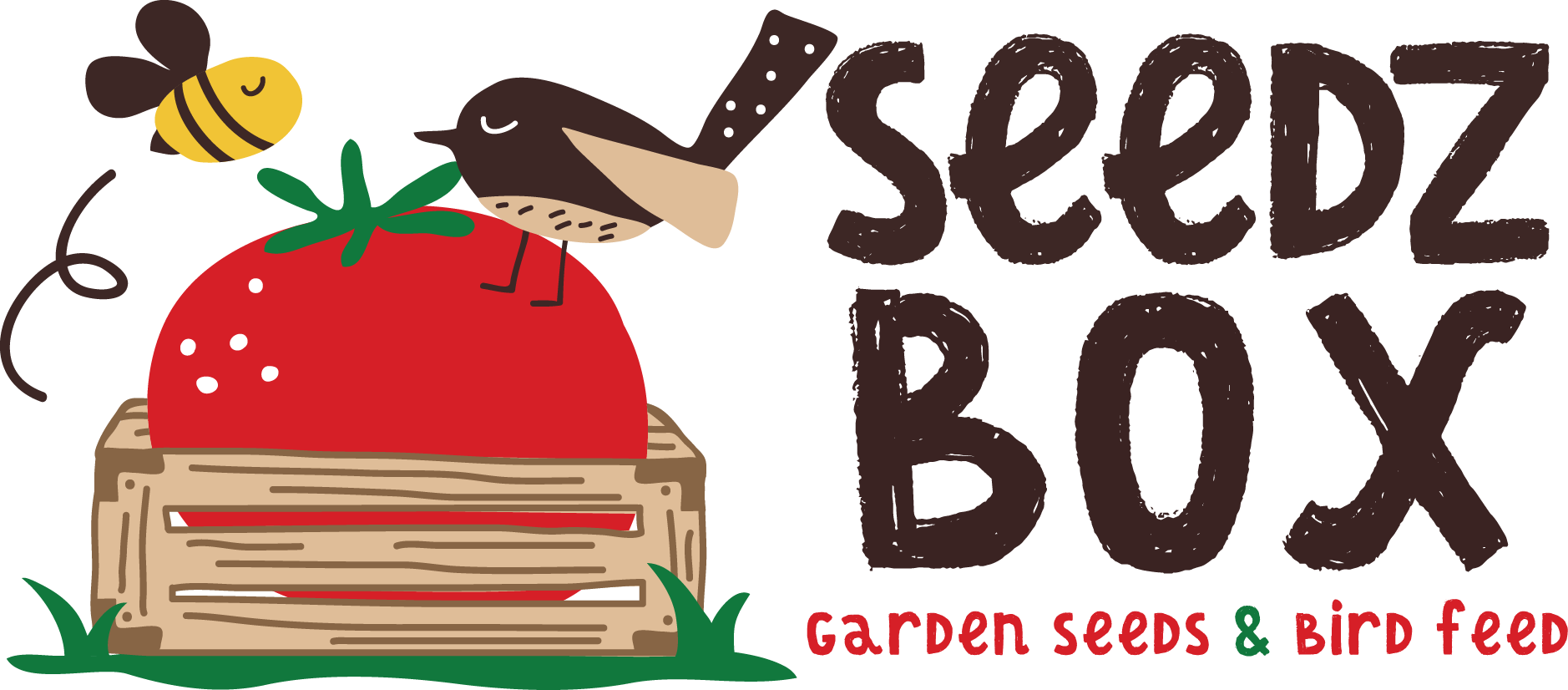
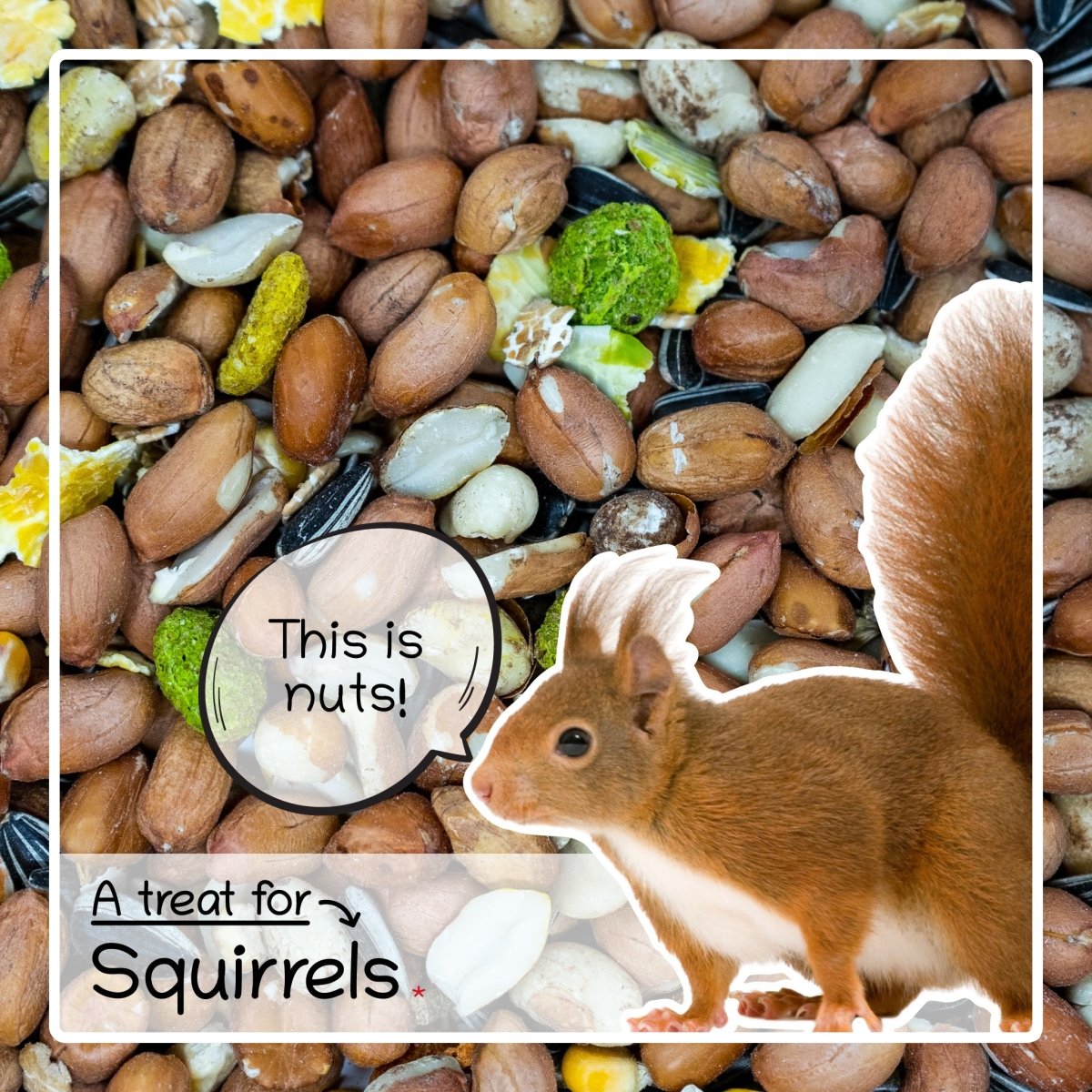
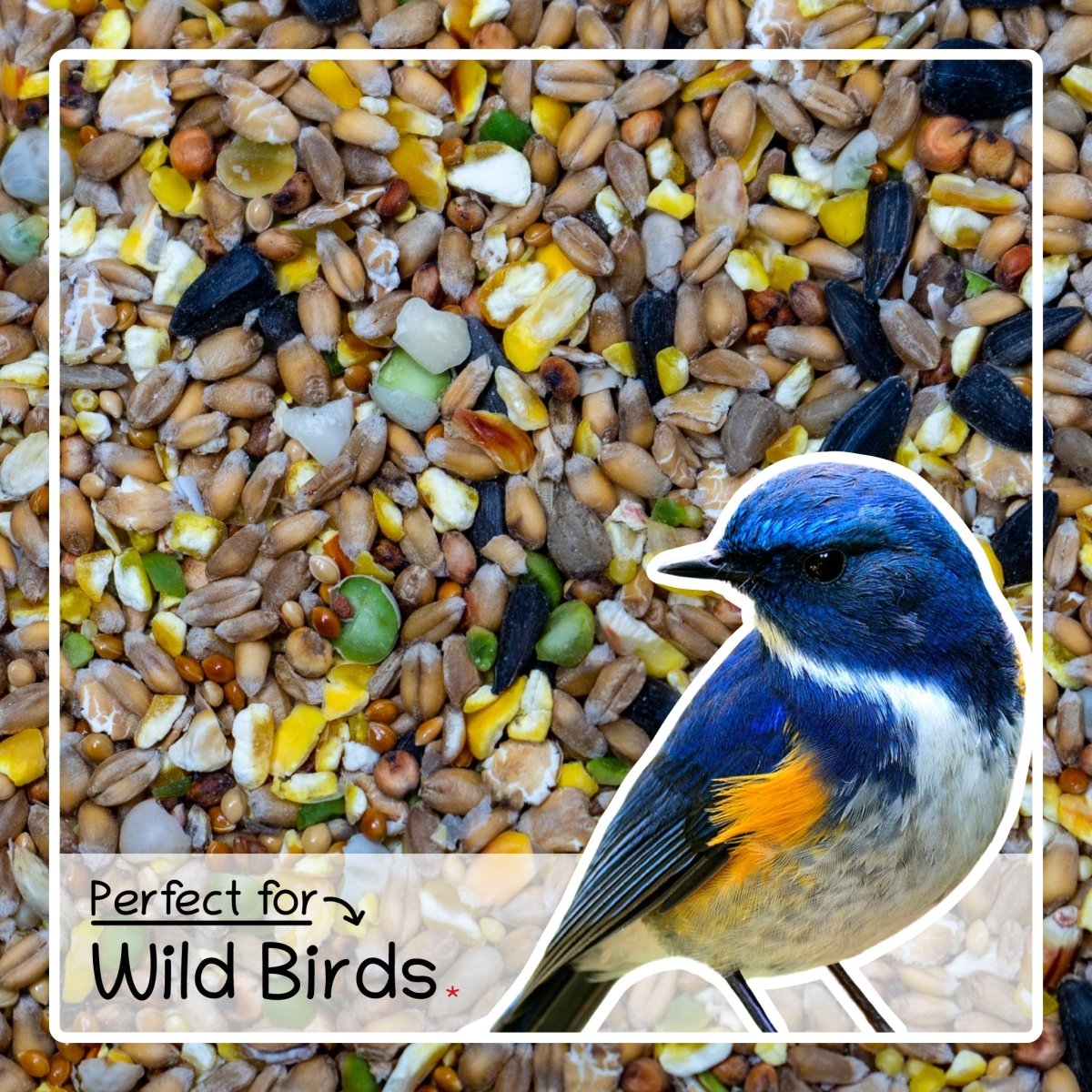
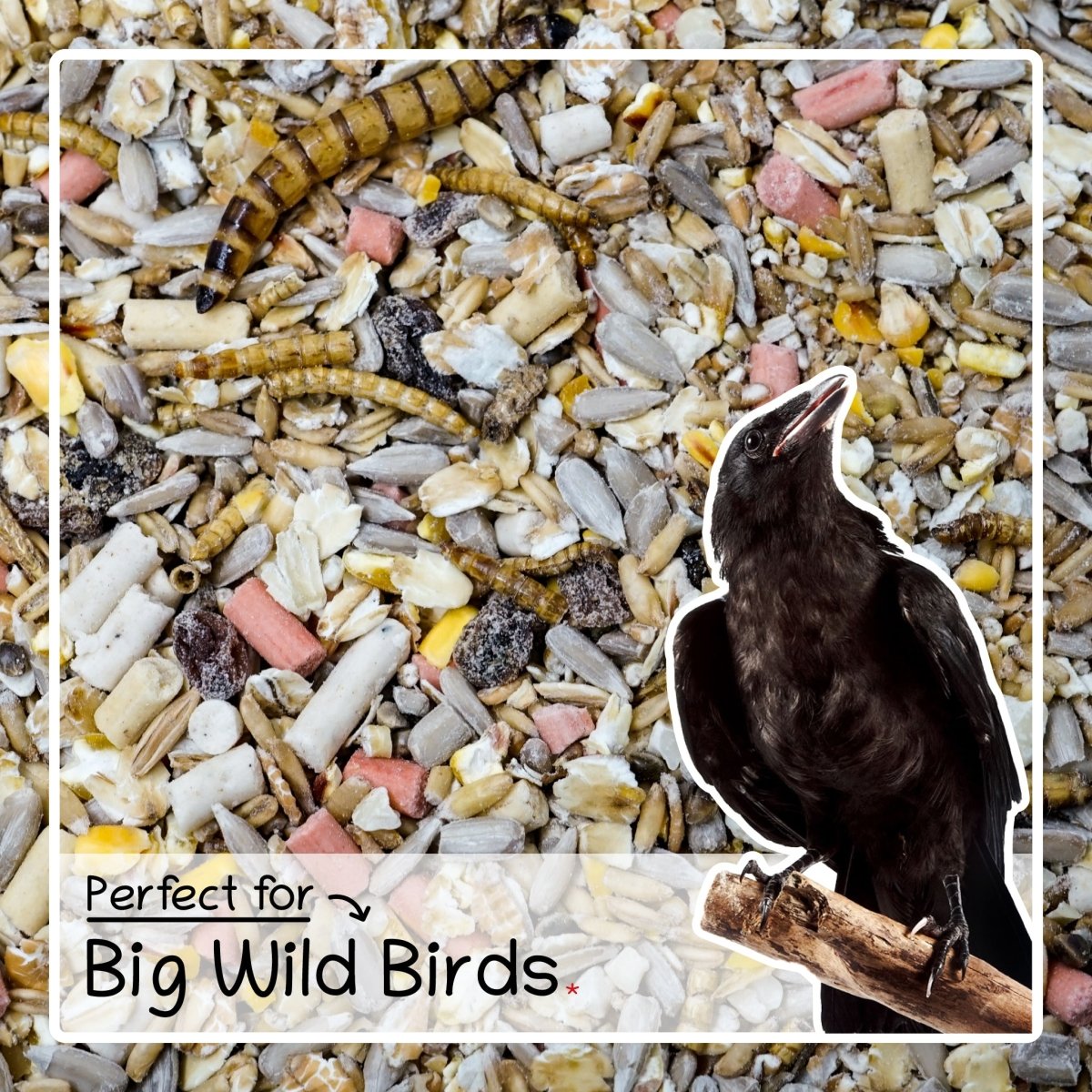
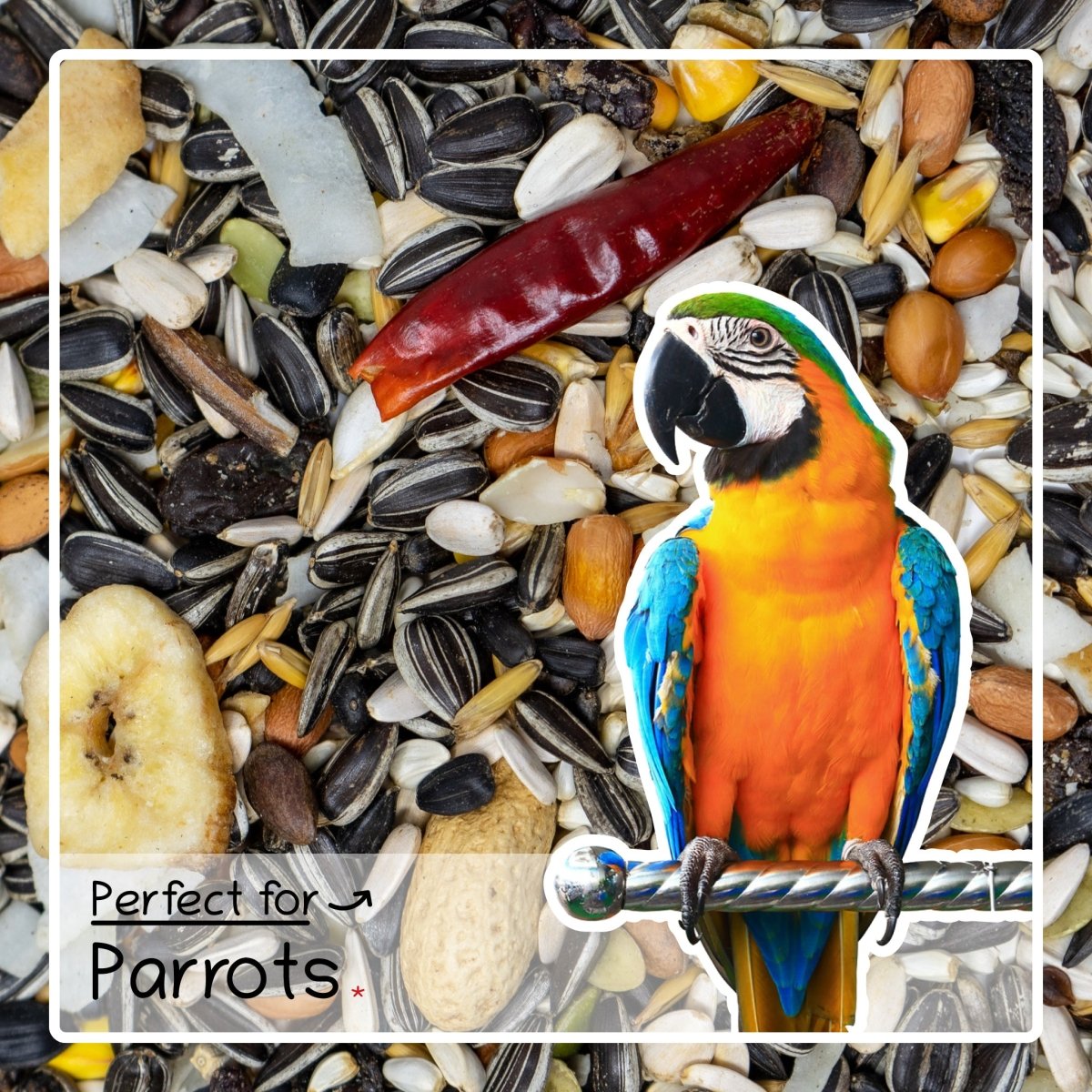
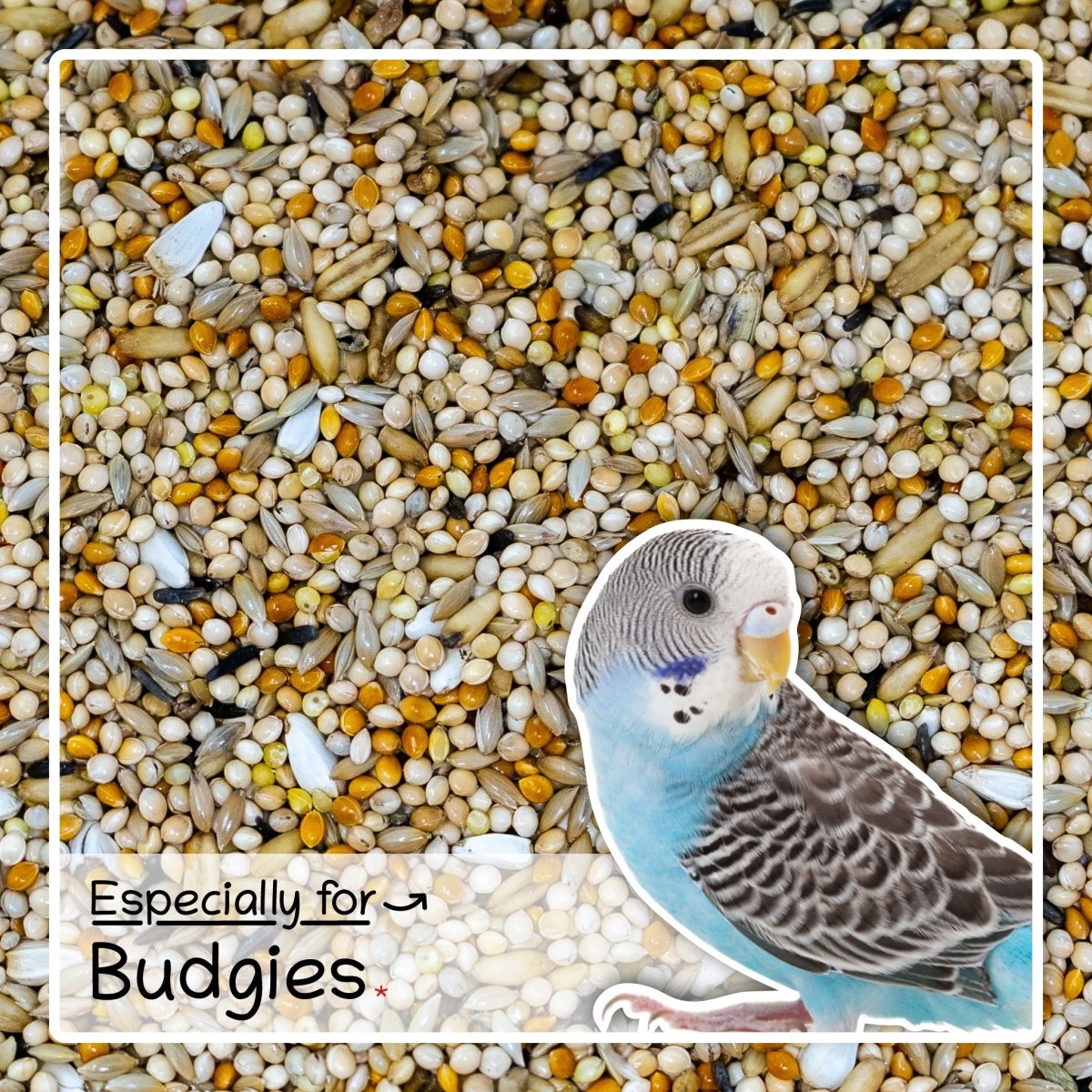
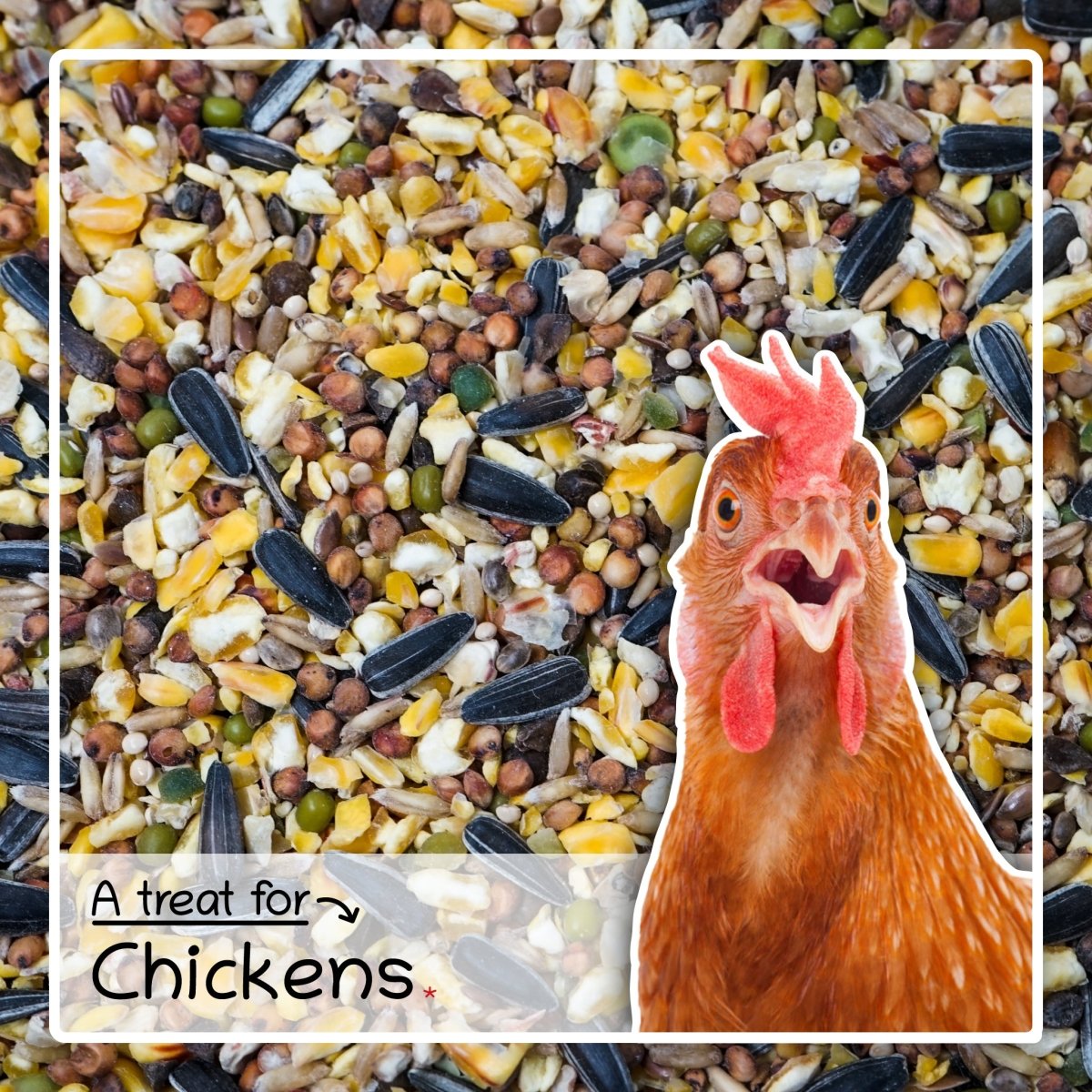
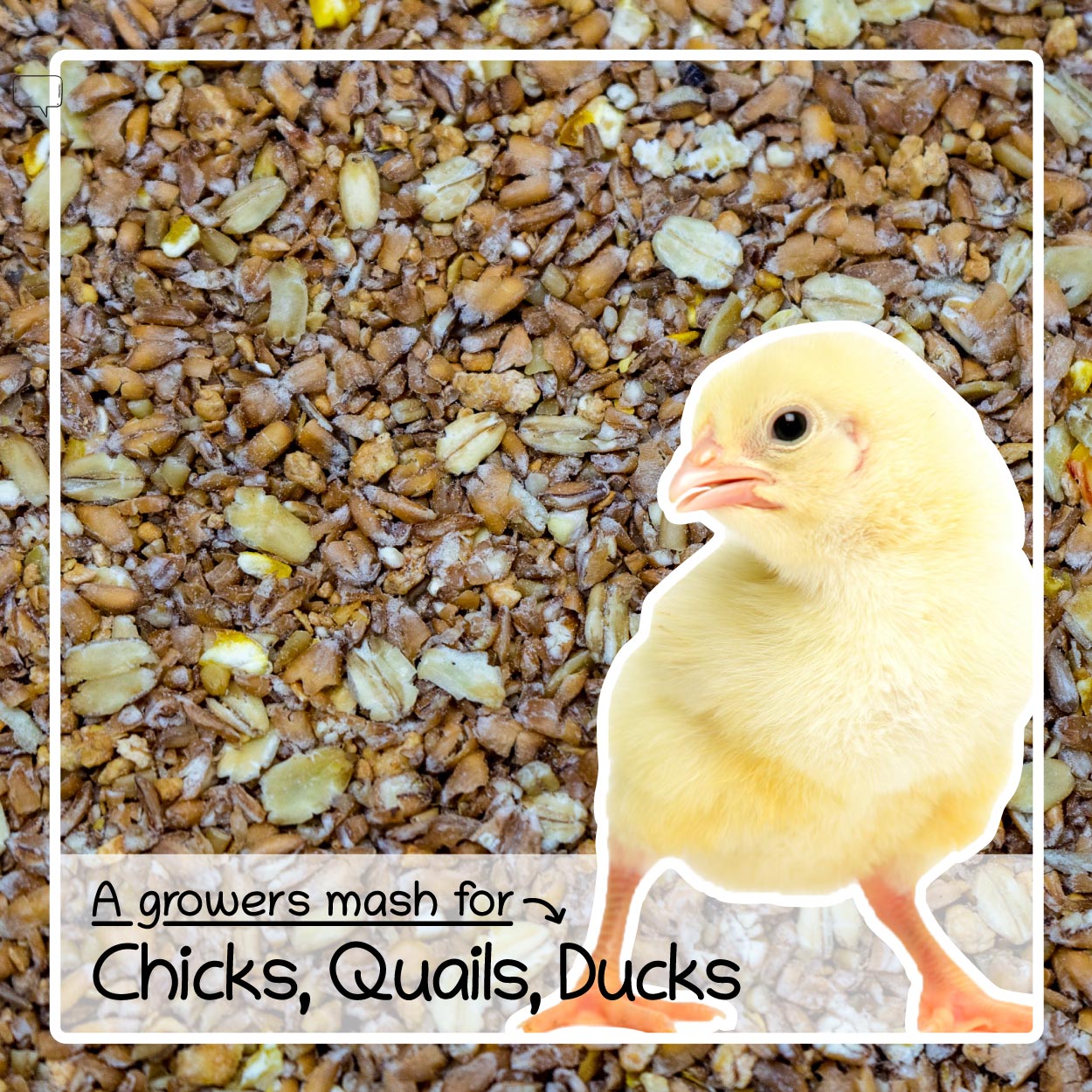
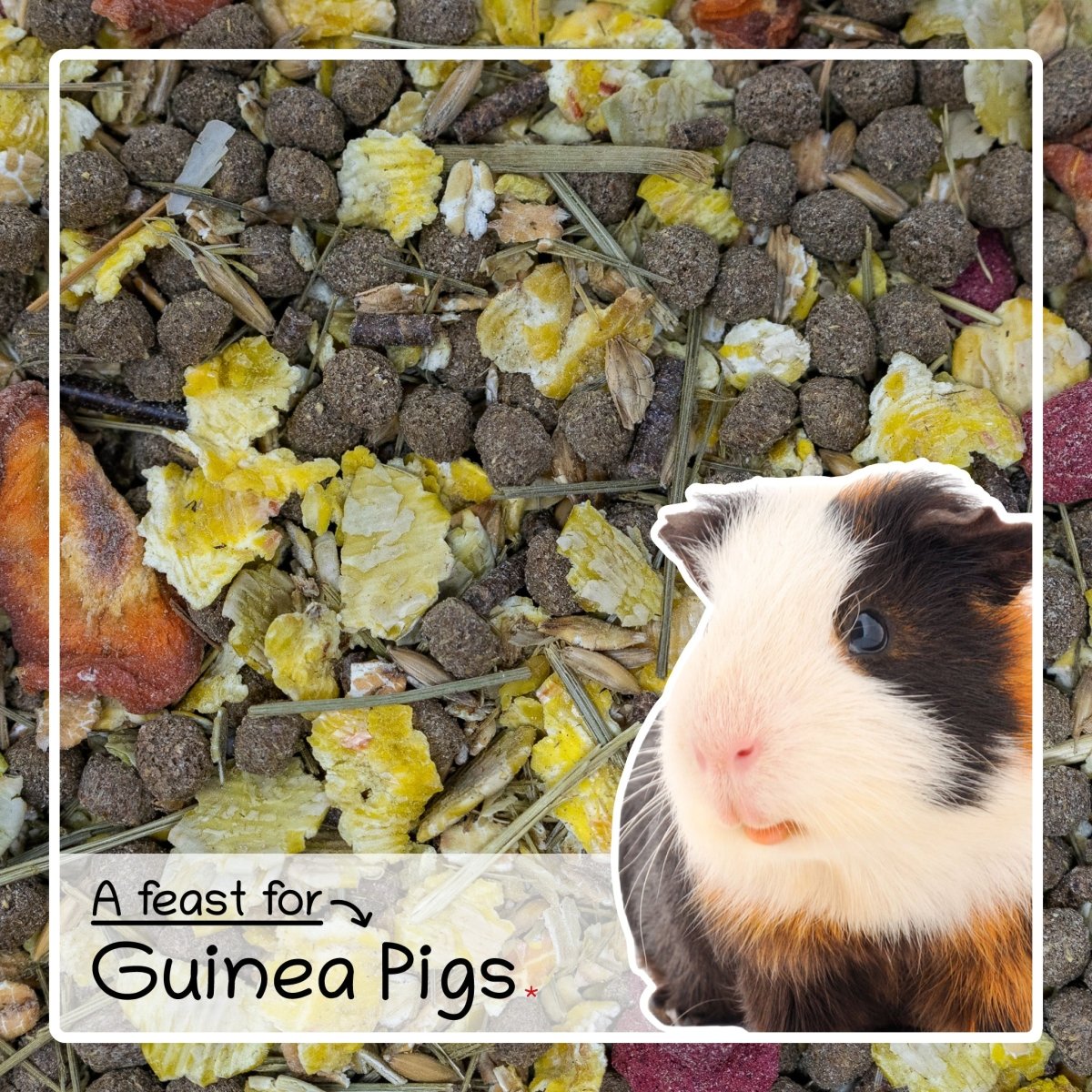

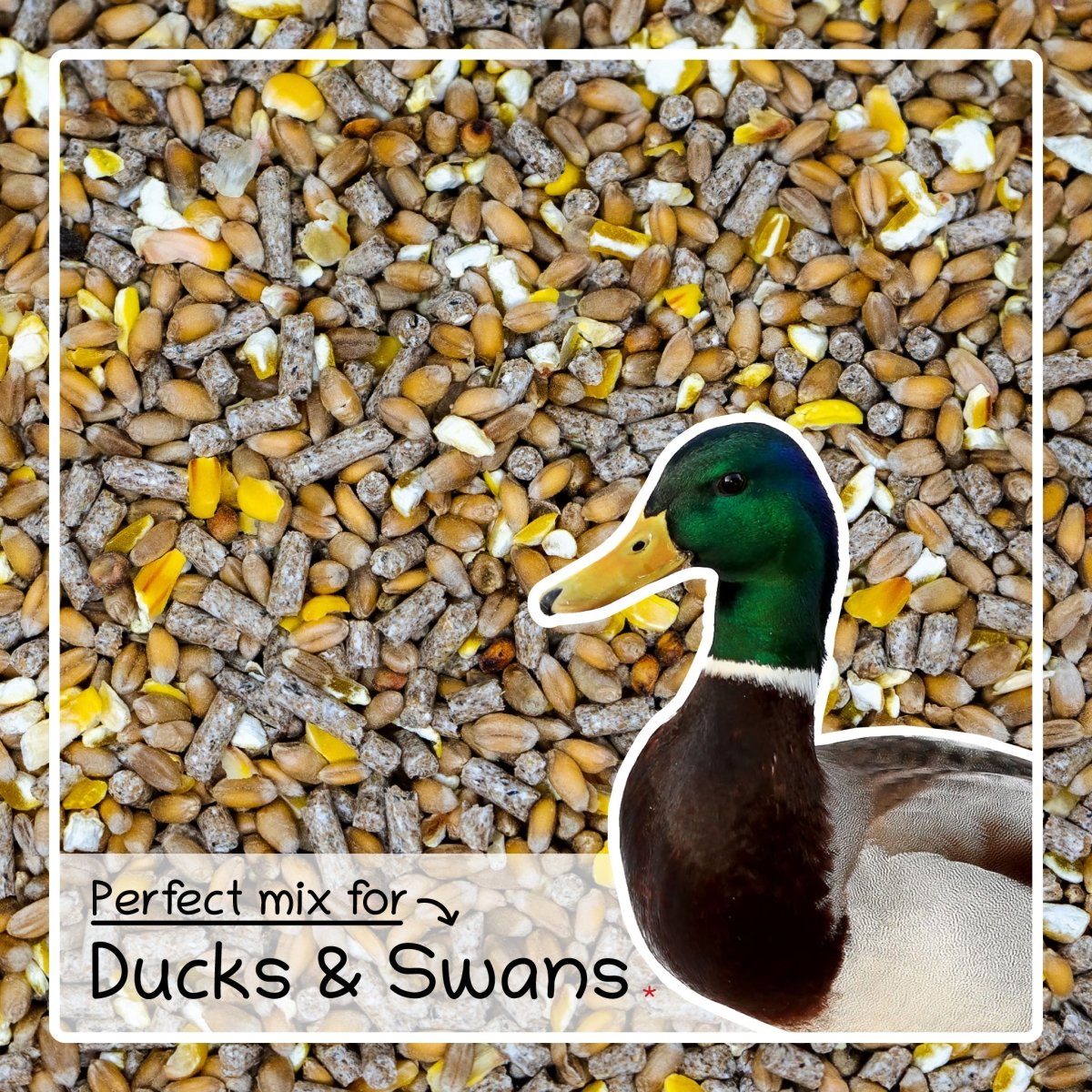
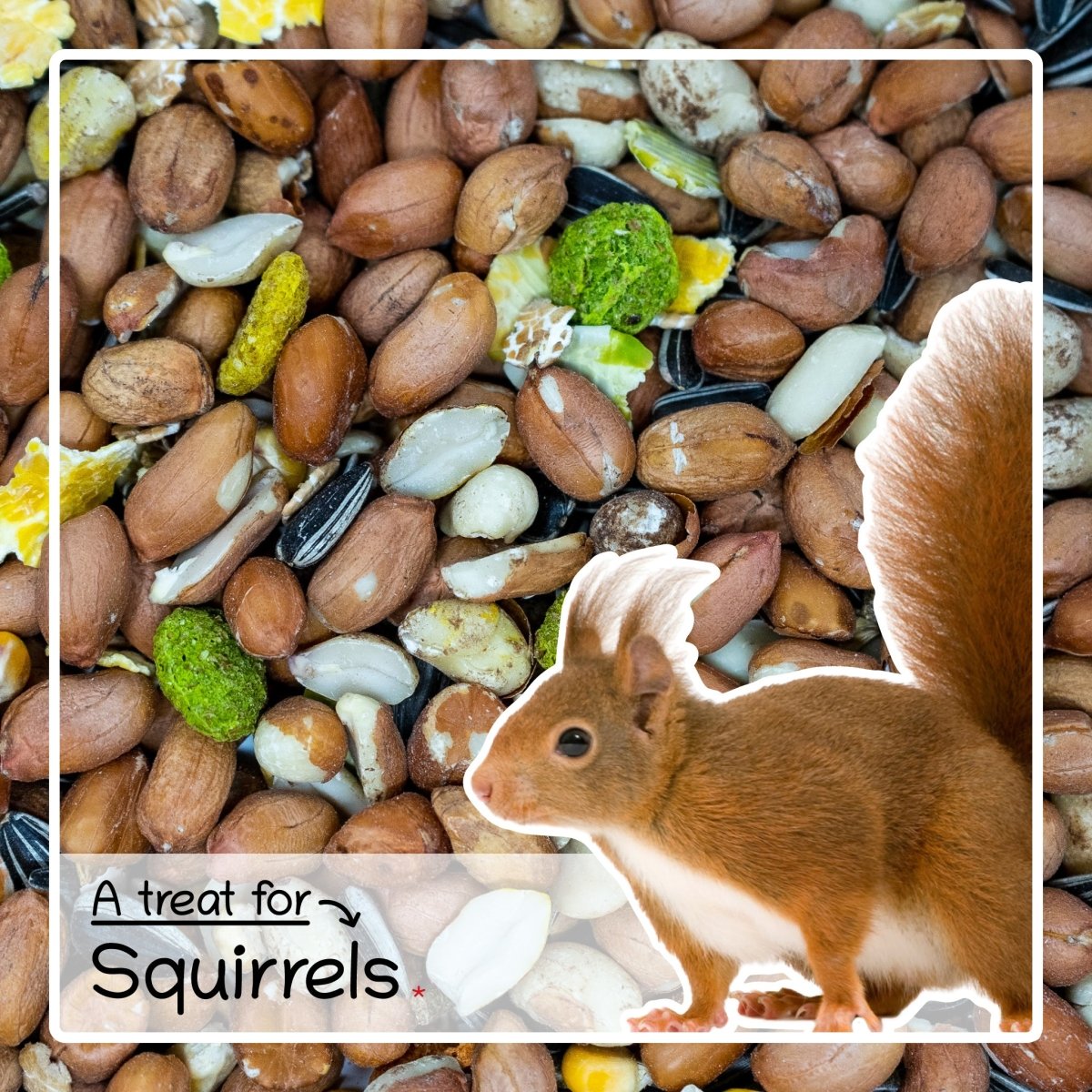


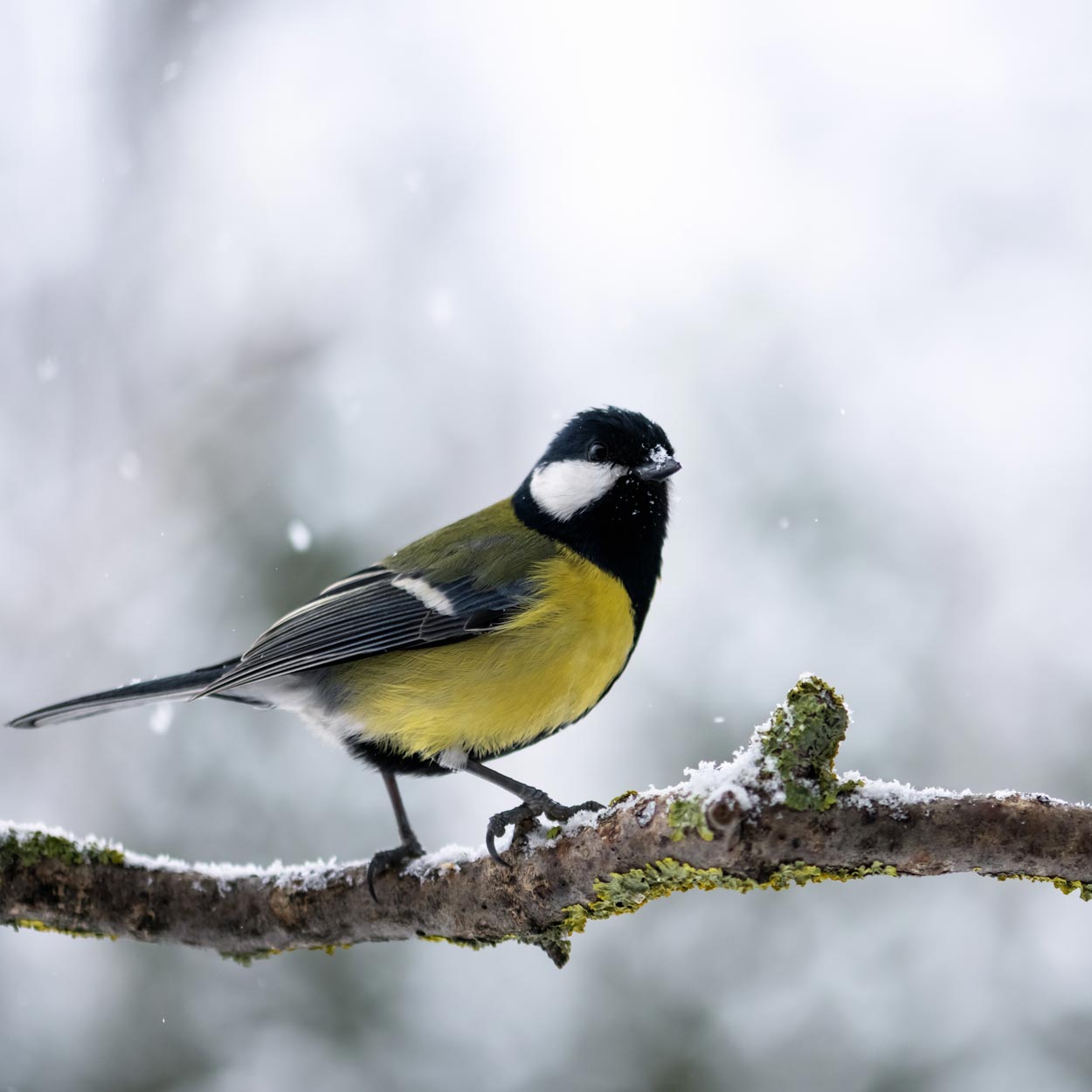
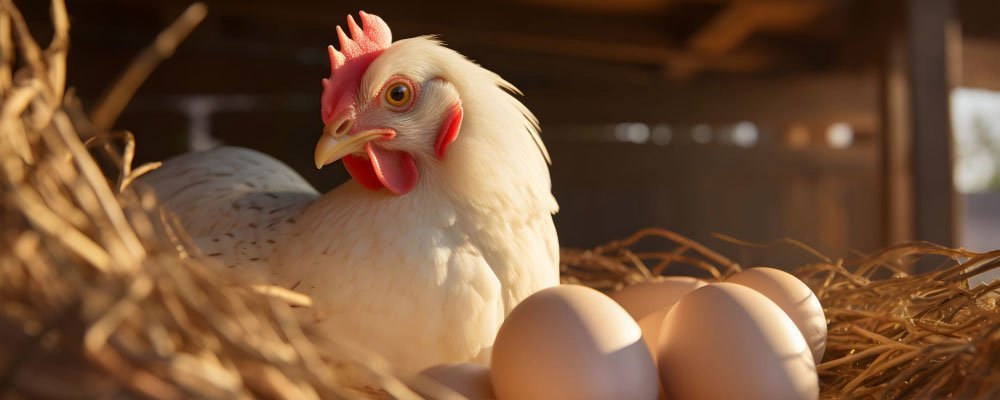
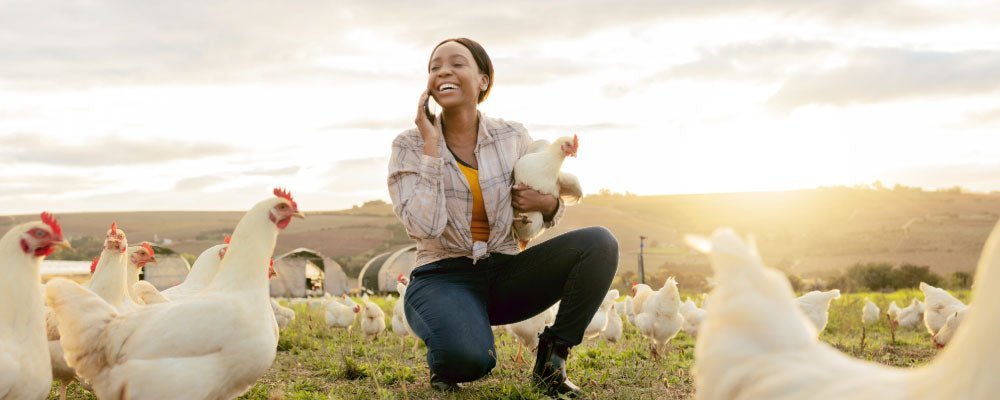
Leave a comment
This site is protected by hCaptcha and the hCaptcha Privacy Policy and Terms of Service apply.